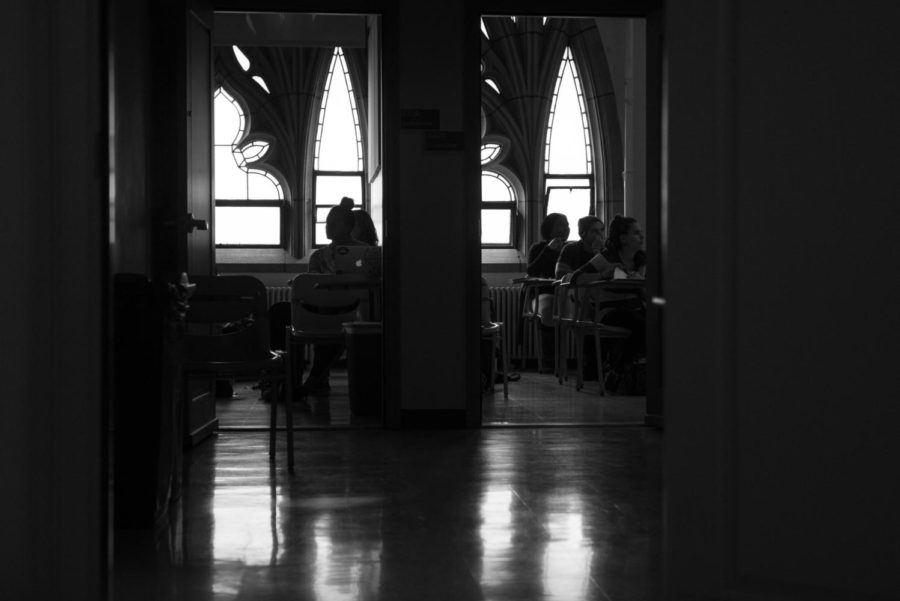Editorial: Students, it’s time to take social distancing seriously
In a move encouraging social distancing, Pitt has cancelled all in-person classes.
March 15, 2020
The outbreak of a novel coronavirus — now named COVID-19 — has been disrupting the everyday lives of people internationally since January, from limiting or fully restricting travel to shutting down schools.
As the outbreak progresses, everyone from lawmakers to the general public is encouraged to start practicing social distancing — the limiting of social contact in an effort to lessen the spread of the virus by person to person transmission.
So far, a number of people seem resistant to the idea of social distancing — just look at the early celebrations of Saint Patrick’s Day that occurred this past weekend. However, it is imperative that people, including college students now free from the constraints of the classroom, are serious about adopting the practice of social distancing. It really is the least we can do to help limit the spread of the coronavirus.
The goal of social distancing is to limit contact between people by altering one’s behavior. Avoiding large gatherings and choosing to work from home are both examples of practicing social distancing.
A common misconception seems to be that social distancing is the same as isolation or quarantine. In reality, these are two additional measures of preventing the spread of COVID-19, and they are more extreme than social distancing, as they enforce restrictions on location and movement.
As the COVID-19 outbreak has evolved into a pandemic, the CDC continues to emphasize the importance of avoiding contact with sick people, and it lists putting distance between oneself and others as an effective way of preventing transmission.
We know that the idea of social distancing is not ideal, especially considering that college students have been on spring break and haven’t seen some of our friends in a week or more. A good number of students also traveled, both abroad and domestically, over break, possibly putting them at a higher risk of exposure to COVID-19. As such, it’s important that students do their best to implement social distancing.
Students whose universities have shut down in-person instruction like Pitt already have a head start on social distancing. Limiting exposure to large gatherings — think of a 200-person lecture or even just groups of students studying in close proximity in a library — is one element to social distancing. However, universities have already done their part by calling off classes and encouraging students to stay off campus. Now, the responsibility falls on students.
With Saint Patrick’s Day coming up on Tuesday, students might be tempted to go out to parties, despite the fact that this would mean that they disregard the criteria for social distancing. At this point, it is imperative that students consider the possible consequences of their choosing to ignore the widespread recommendation to maintain social distance.
Creating and maintaining social distance will help “flatten the curve” of the COVID-19 outbreak, thus keeping the number of cases at a level that health care providers can manage and ensuring better care for any infected people. By complying with social distancing guidelines, college students — as well as the rest of the population — can do their part in slowing the spread of the pandemic.



